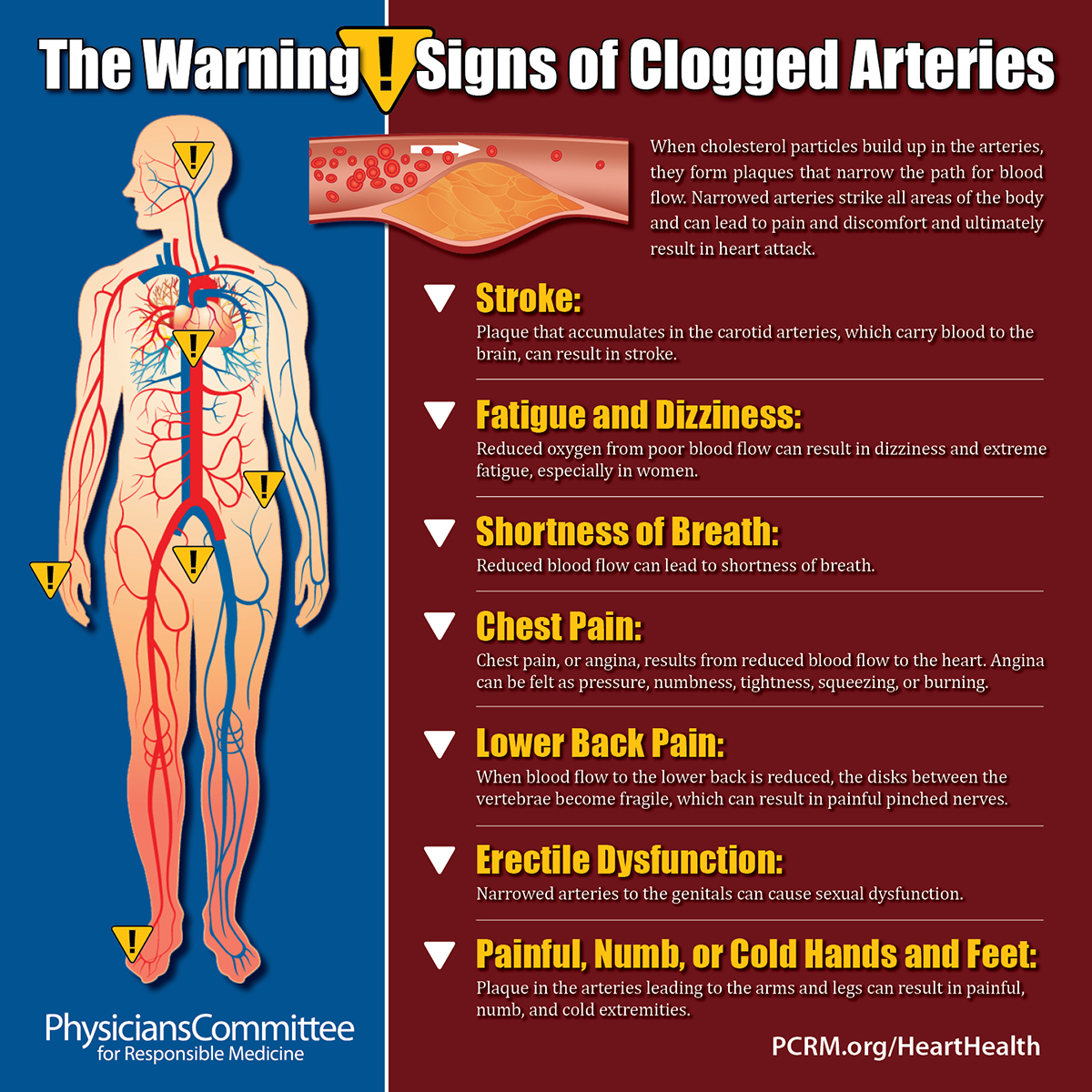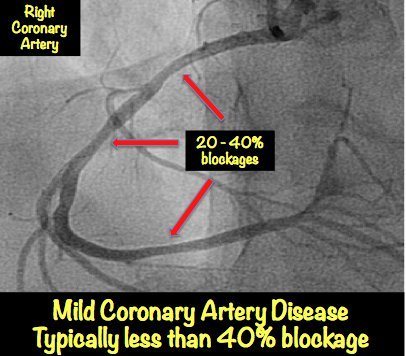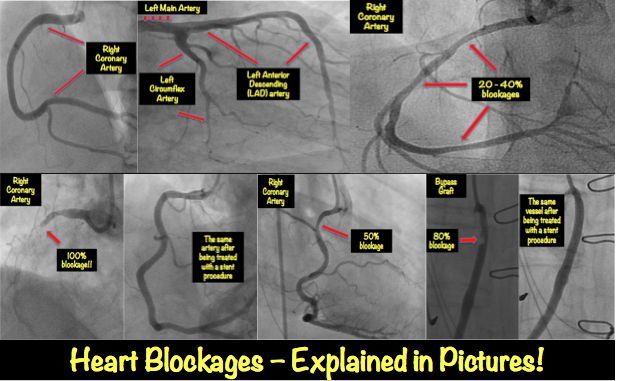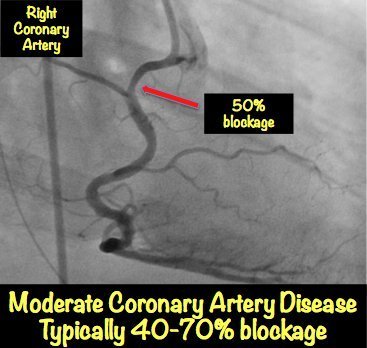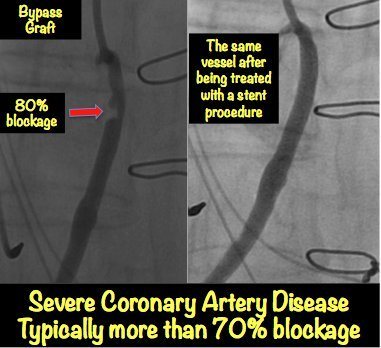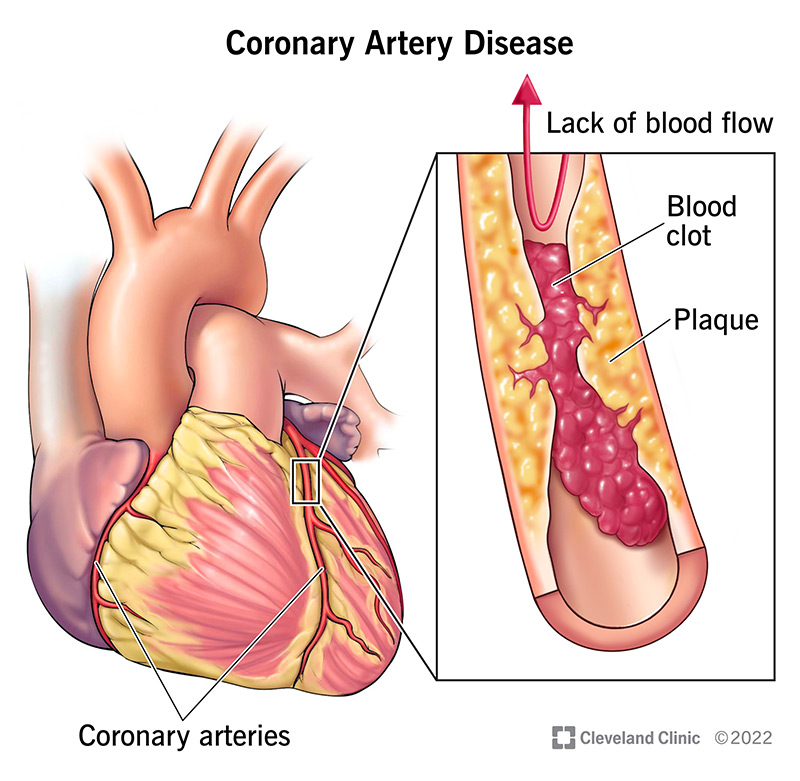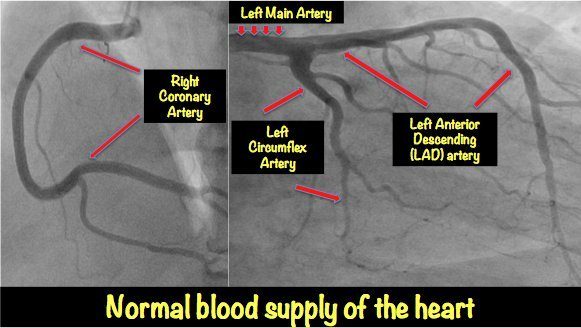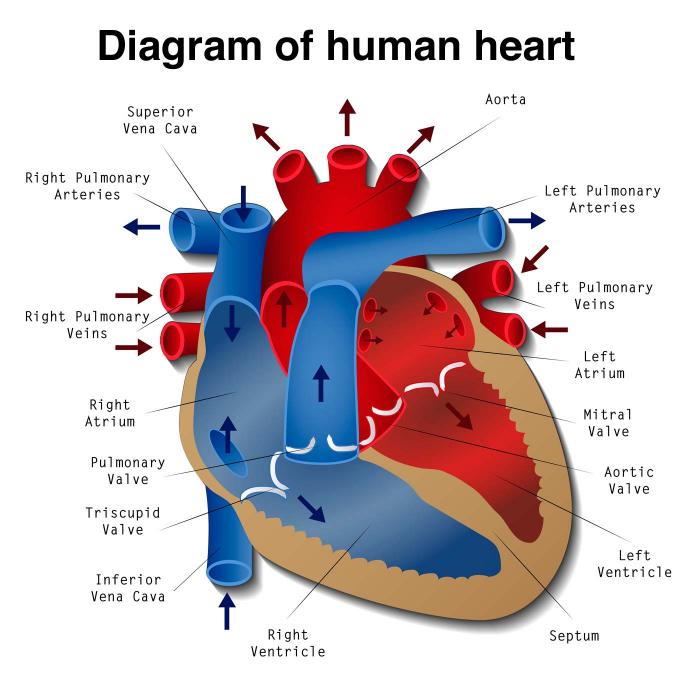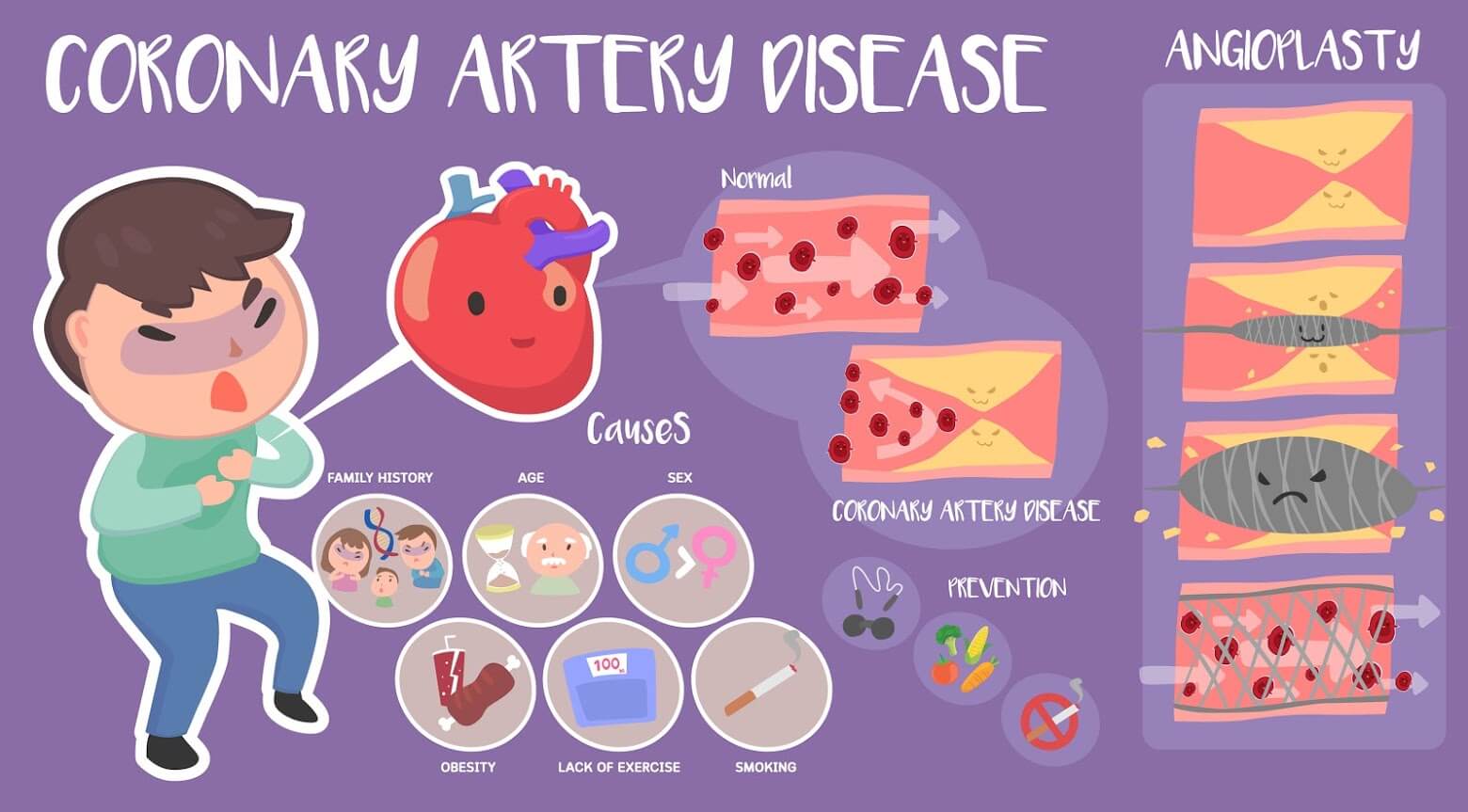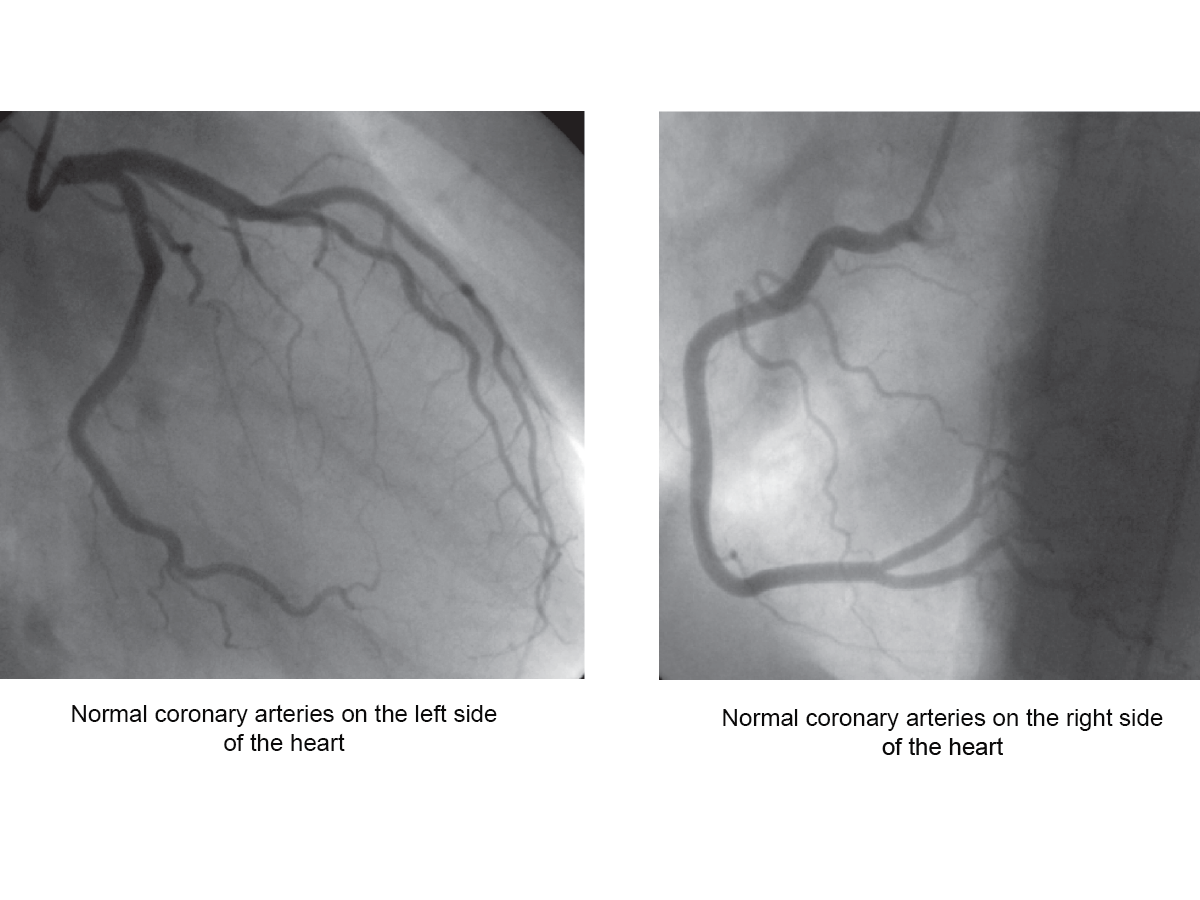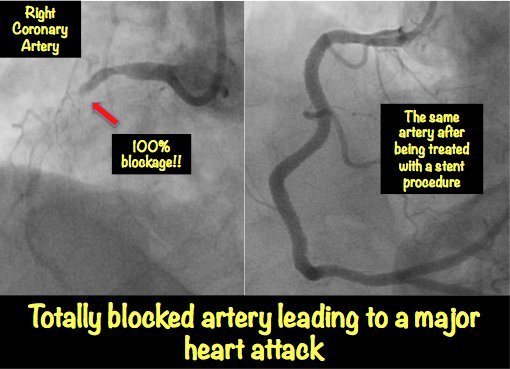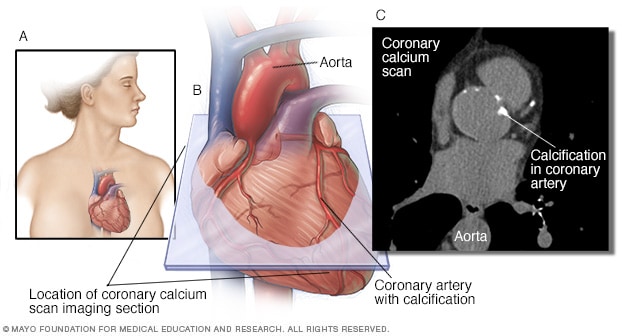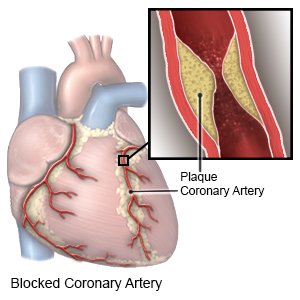Supreme Info About How To Check For Heart Blockage
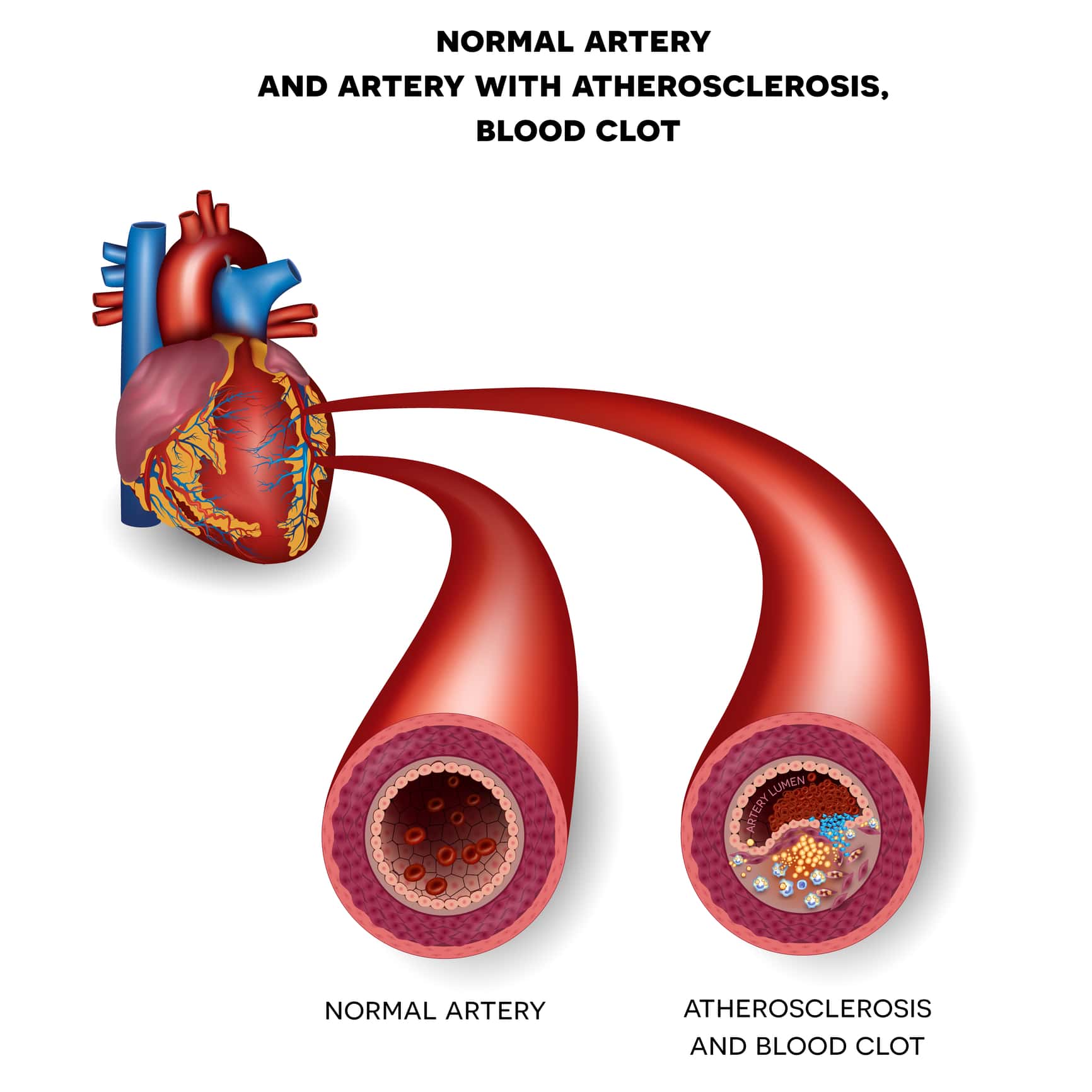
During this test to check for blockages in the arteries leading to the heart, a dye is.
How to check for heart blockage. You might also have tests to check your heart for blockages if you've been having symptoms that could be caused by coronary artery a blocked artery in your heart could put you at risk of a heart attack, so it is one of the issues that your cardiologist will look out for during heart screening. A ct (computerized tomography) scan is also taken, for closer observation of the. May be found during a routine electrocardiogram (ecg) although heart rate and rhythm are usually normal.
An mri of the heart lets your. Symptoms depend on the type of heart block you have: You can check for heart disease at home by measuring your pulse rate and your blood pressure if you have a blood pressure monitor.
Ad ultrasound technology detects risk for carotid artery blockage. Pay attention to fatigue, chest pain, and other signs of a heart block. A, c, d, and f.
But in general, the scores are interpreted as follows: You should feel a tapping or pulsing against your fingers. An angiogram test can also be carried out to detect blocked arteries.
You can also monitor yourself for symptoms of heart. These are some of the common uses for cardiac catheterization: Fainting, tiredness, and dizziness are some of the common signs of heart block.
Count the number of taps you feel in 10 seconds. No calcium is seen in the heart , suggesting a low chance of developing a heart attack in the future. These tests are not perfect, however, and in patients determined to be at significant risk, the standard way to directly assess the heart blockage is to look at the outline.

